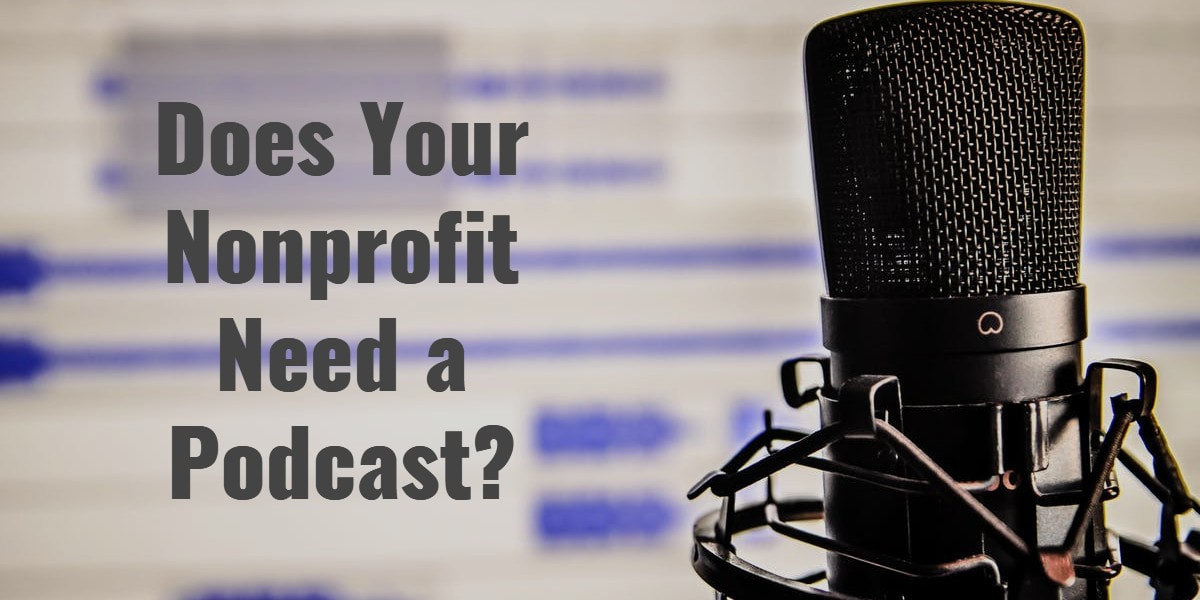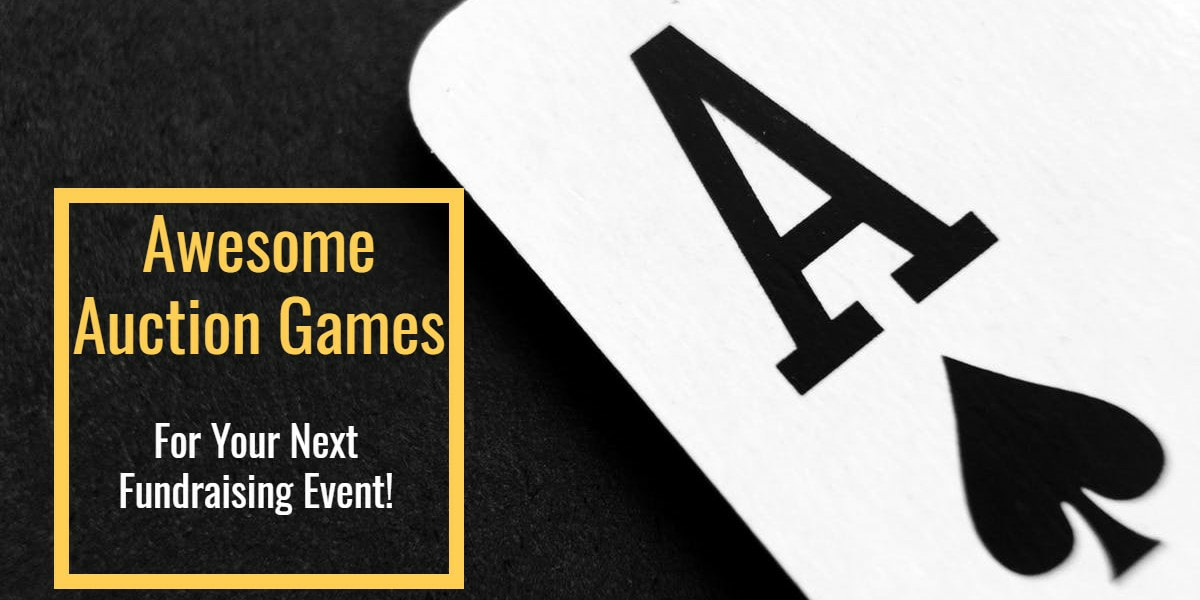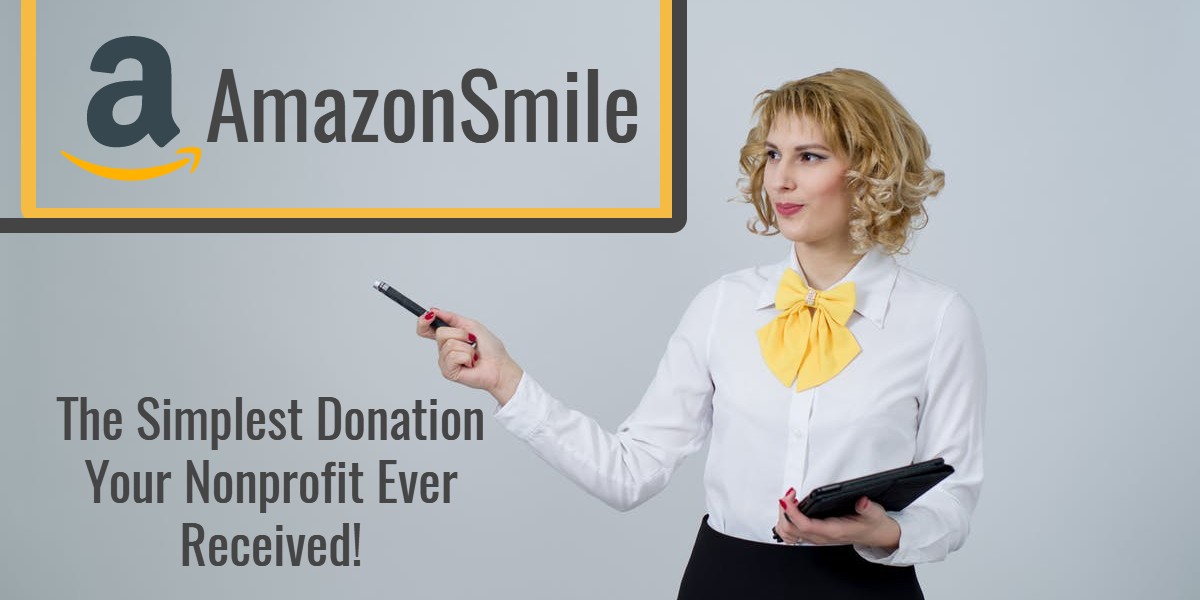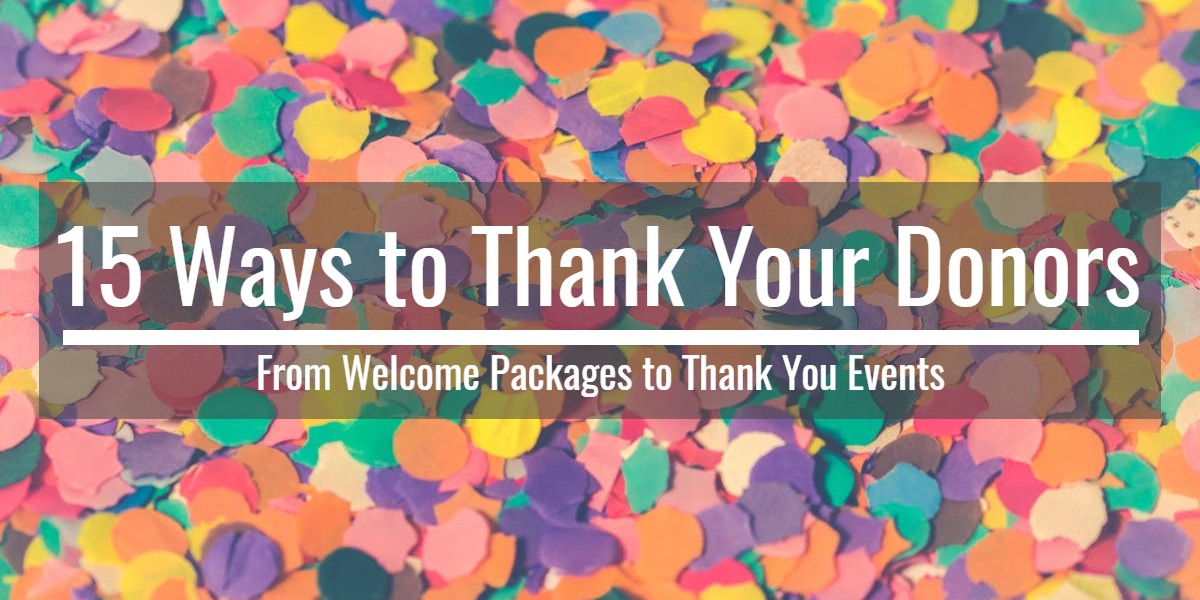This is the second time that I have mentioned Boon Supply in an article but I feel like shouting it from the rooftops!
Every nonprofit organization should be familiar with Boon Supply.
Boon Supply is a fantastic, totally free and easy way to raise money for your nonprofit, school, church, synagogue, etc. Boon Supply is an online and print catalog containing items for the home. They sell reusable bags, kitchenware, storage, and so much more.
The best part?
40% of your purchase price is donated back to the nonprofit or organization running the fundraiser.
40%!
And all people have to do is shop.
What’s so great about Boon Supply is that catalogs or links emailed can be sent your network. This allows your friends and family members across the country to help support your school, church, or NGO. No need to be local like most of the cookie dough/popcorn/candy fundraisers, and their beautiful products will look amazing in any home.
Getting started raising money with Boon Supply only takes a few short minutes. Simply start a fundraiser through their website. You can choose to send out catalogs or email your supporters with a link to your fundraiser on the website. It’s that easy.
Try it out and tell them I sent you!







 RSS Feed
RSS Feed